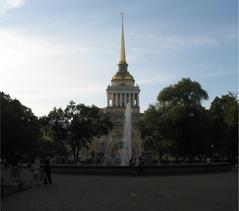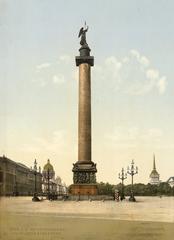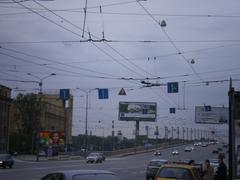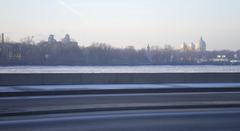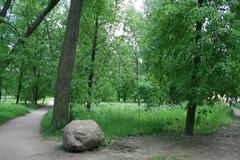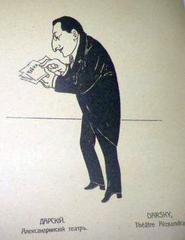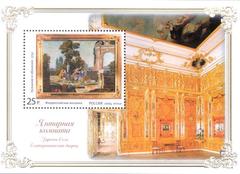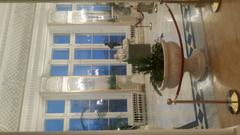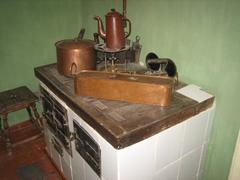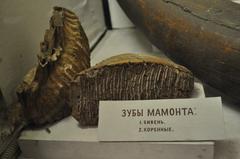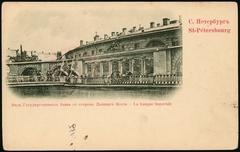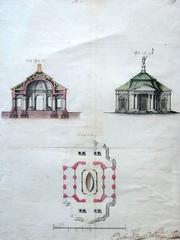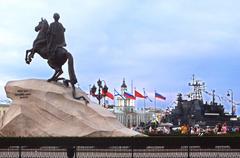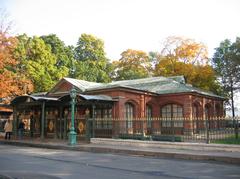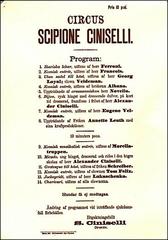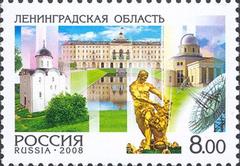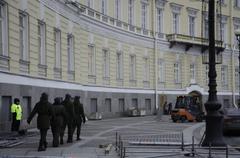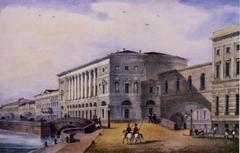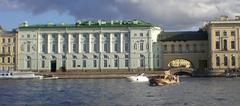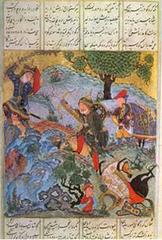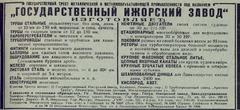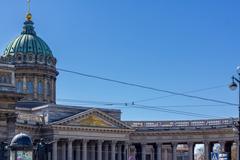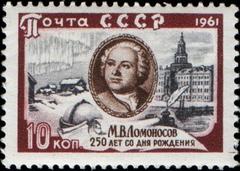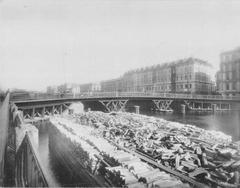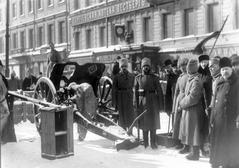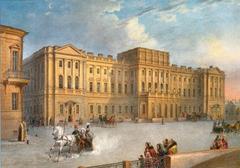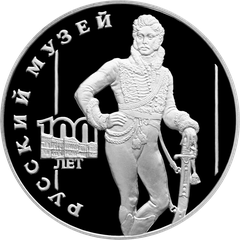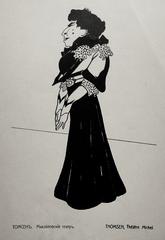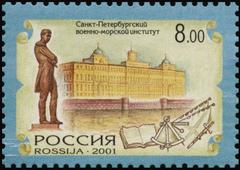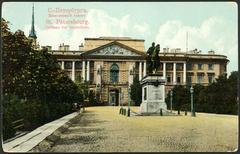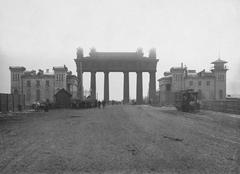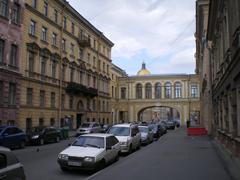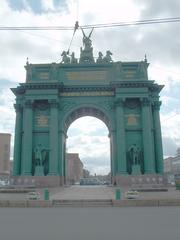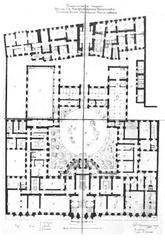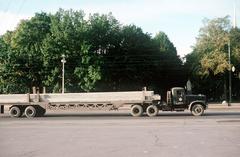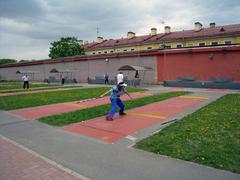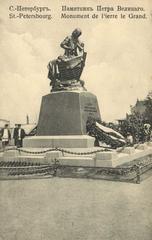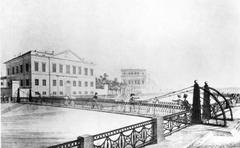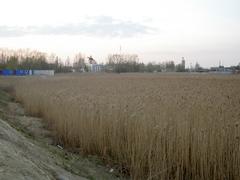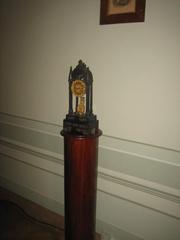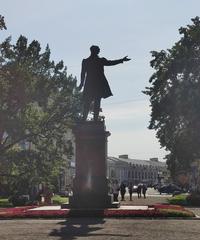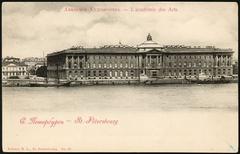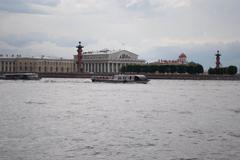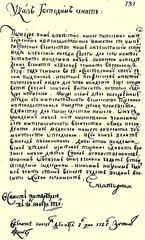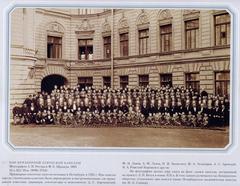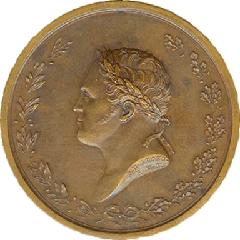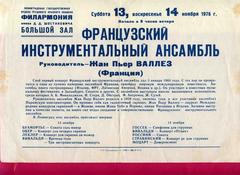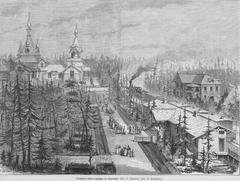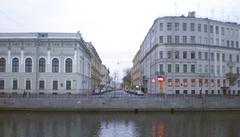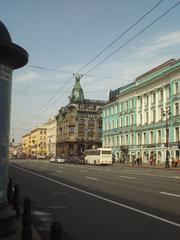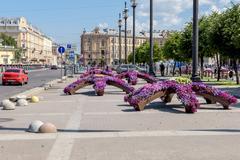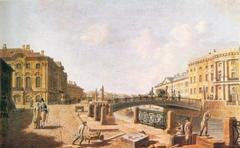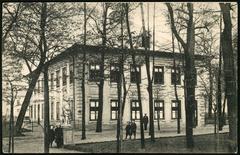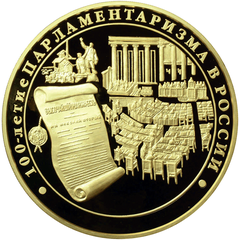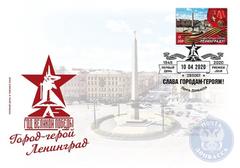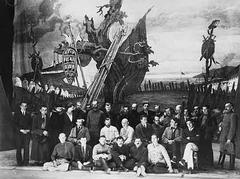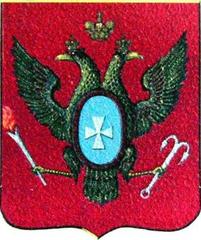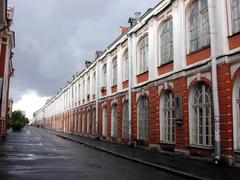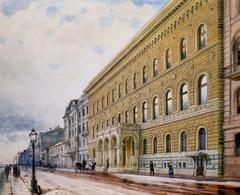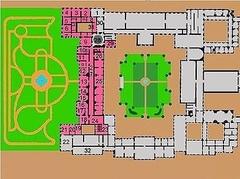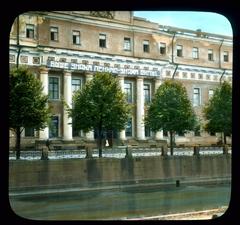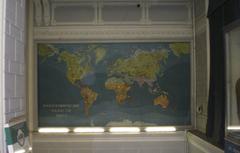State Memorial Museum Of The Defence And Siege Of Leningrad
State Memorial Museum of the Defence and Siege of Leningrad: Visiting Hours, Tickets, and Historical Significance in Saint Petersburg
Date: 04/07/2025
Introduction
The State Memorial Museum of the Defence and Siege of Leningrad stands as a powerful testament to the resilience, courage, and endurance of the citizens of Leningrad during the harrowing 872-day siege of World War II. Located in the heart of Saint Petersburg, the museum serves as a focal point for remembrance, education, and reflection on one of the longest and most devastating blockades in modern history. Through its extensive collections, immersive exhibits, and educational programs, the museum not only preserves the memory of the siege but also provides visitors with a profound understanding of its impact and legacy (petersburg24.ru, Google Arts & Culture).
This guide offers a comprehensive overview for visitors, including the museum’s origins, key exhibitions, practical information on tickets and opening hours, accessibility tips, and advice on making the most of your visit.
Table of Contents
- Introduction
- Origins and Historical Context
- Role in Memory and Education
- Permanent and Temporary Exhibitions
- Visiting Information
- Visitor Experience and Nearby Attractions
- Special Events and Memorial Spaces
- Frequently Asked Questions (FAQ)
- Conclusion and Recommendations
- References
Origins and Historical Context
The museum’s roots date back to the siege itself. In December 1943, as Leningrad was still under blockade, authorities initiated an exhibition titled “Heroic Defense of Leningrad,” which opened in April 1944. This act of commemoration during wartime symbolized hope and honored the sacrifices of the city’s defenders and civilians (petersburg24.ru). The exhibition evolved into a full-fledged museum, which officially opened on January 27, 1946, marking two years since the end of the siege (guideforyou-russia.com).
However, the museum’s history reflects the complexities of Soviet memory politics. In 1949, it was closed during the “Leningrad Affair,” a wave of political repression, and its collections were dispersed or destroyed. Thanks to the efforts of veterans, blockade survivors, and local advocates, the museum was restored and reopened in 1989 during the era of glasnost (Google Arts & Culture).
The Siege of Leningrad: A Brief Overview
From September 8, 1941, to January 27, 1944, Leningrad (now Saint Petersburg) endured one of the longest sieges in modern warfare. Encircled by German and Finnish forces, the city experienced catastrophic deprivation—over 700,000 civilians died from starvation, bombardment, and disease. Daily bread rations reached as low as 125 grams per person at the siege’s nadir. Despite unimaginable hardship, the people of Leningrad demonstrated extraordinary resilience, with the “Road of Life” across frozen Lake Ladoga serving as the city’s vital supply route (saint-petersburg.com, Streetwise World).
Role in Memory and Education
Today, the museum preserves the collective memory of the siege through more than 50,000 exhibits: personal diaries, ration cards, artworks, military artifacts, and reconstructions of daily life under siege (Express to Russia). The museum’s educational mission extends to international audiences, with English-language materials and guided tours ensuring accessibility for all visitors (lidenz.com).
The museum also hosts commemorative events, lectures, and workshops, especially around significant anniversaries, engaging both local communities and visitors from around the world.
Permanent and Temporary Exhibitions
Core Themes and Layout
The museum’s exhibitions are organized thematically to provide a chronological and emotional journey through the siege:
- Chronology of the Siege: Maps, timelines, and interactive screens trace the siege’s progression (Express to Russia).
- Life Under Siege: Artifacts such as ration cards, bread rations, clothing, and diaries depict daily survival (St. Petersburg Essential Guide).
- Civilian and Military Resistance: Uniforms, weapons, propaganda materials, and personal testimonies highlight acts of courage (IdeaGuide.ru).
- Children and Education: Displays show how education and childhood persisted amid adversity.
- Culture and the Arts: Paintings, musical scores, and programs illustrate the sustaining power of art during hardship (Express to Russia).
- Reconstructed Environments: Visitors can walk through recreated bomb shelters and communal apartments, gaining a tangible sense of living conditions.
- Multimedia and Immersive Installations: Audio recordings, survivor testimonies, and documentary footage create a multi-sensory experience (LMA Architects).
Temporary Exhibitions
The museum organizes regular temporary exhibitions that explore new research, commemorate anniversaries, and collaborate with other institutions (LMA Architects). Educational workshops and special projects complement these displays.
Visiting Information
Opening Hours
- Tuesday to Sunday: 10:00 AM – 6:00 PM
- Closed Mondays
- Last admission: 30 minutes before closing
Ticket Prices
- Adults: 300–500 RUB
- Students, seniors: 150–250 RUB
- Children under 7: Free
- Group tours: By appointment, additional fees may apply
Tickets can be purchased at the entrance or through the museum’s official website.
Accessibility
- Wheelchair accessible: Ramps and elevators are available.
- Audio guides: Provided in Russian, English, and other languages.
- Multilingual signage: English translations are increasingly available.
- Visitors with special needs should contact the museum in advance for assistance.
Location and Directions
- Address: 9 Solyanoy Pereulok, Saint Petersburg (main building)
- Metro stations: Chernyshevskaya (Line 1) and Gostiny Dvor (Line 2), both about a 10–15-minute walk
- Public transport: Several bus and trolleybus routes serve the area
- Parking: Limited; public transport is recommended due to central location
Guided Tours and Language Support
- Guided tours are available in Russian and English; booking in advance is recommended.
- Audio guides and printed materials enhance the experience for non-Russian speakers.
Visitor Experience and Nearby Attractions
Allow 1.5–2 hours to explore the museum in depth. The atmosphere is solemn and reflective, with interactive exhibits and reconstructed environments that vividly convey the reality of life under siege.
Nearby attractions include:
- Summer Garden
- Russian Museum
- Field of Mars
- Hermitage Museum
Cafés and restaurants are within walking distance, making it easy to plan a full day of cultural activities in the city center.
Special Events and Memorial Spaces
The museum hosts commemorative events and educational programs, especially around the anniversary of the siege’s end (January 27). Outdoor memorial spaces, such as the riverside park and “Square of Testimony,” offer areas for contemplation and remembrance (LMA Architects).
Photography is permitted in most areas (no flash or tripods); check on-site signage for restrictions.
Frequently Asked Questions (FAQ)
Q: What are the museum’s opening hours?
A: Tuesday to Sunday, 10:00 AM–6:00 PM; closed Mondays.
Q: How can I purchase tickets?
A: At the museum entrance or online via the official website.
Q: Is the museum wheelchair accessible?
A: Yes, with ramps and elevators.
Q: Are guided tours available in English?
A: Yes, by prior arrangement.
Q: Can I take photographs inside the museum?
A: Yes, except where otherwise indicated; no flash or tripods.
Q: Are discounts available?
A: Yes, for students, seniors, and children.
Conclusion and Recommendations
The State Memorial Museum of the Defence and Siege of Leningrad offers a profound and moving exploration of one of World War II’s most significant events. Its immersive exhibitions, authentic artifacts, and thoughtful memorial spaces provide visitors with an unparalleled opportunity to reflect on the endurance and sacrifices of Leningrad’s citizens (petersburg24.ru, Google Arts & Culture).
Before your visit, check the official website for up-to-date information on opening hours, ticketing, and special exhibitions. Consider enhancing your visit with an audio guide or guided tour, and take time to explore nearby cultural landmarks to gain a broader understanding of Saint Petersburg’s rich heritage.
For the latest updates and travel tips, download the Audiala app and follow museum news on social media.
References
- State Memorial Museum of the Defence and Siege of Leningrad – Petersburg24
- The Siege of Leningrad Museum – Guide For You Russia
- Museum of the Siege of Leningrad – Google Arts & Culture
- Visit the State Memorial Museum of the Defence and Siege of Leningrad – Streetwise World
- Leningrad Blockade Museum Guide – Express to Russia
- State Memorial Museum of the Defence and Siege of Leningrad Visitor Guide – Wanderlog
- Museum of the Defense and Siege of Leningrad – St. Petersburg Essential Guide
- State Memorial Museum – IdeaGuide.ru
- LMA Architects Project Page
- Wanderlog Weather Guide
